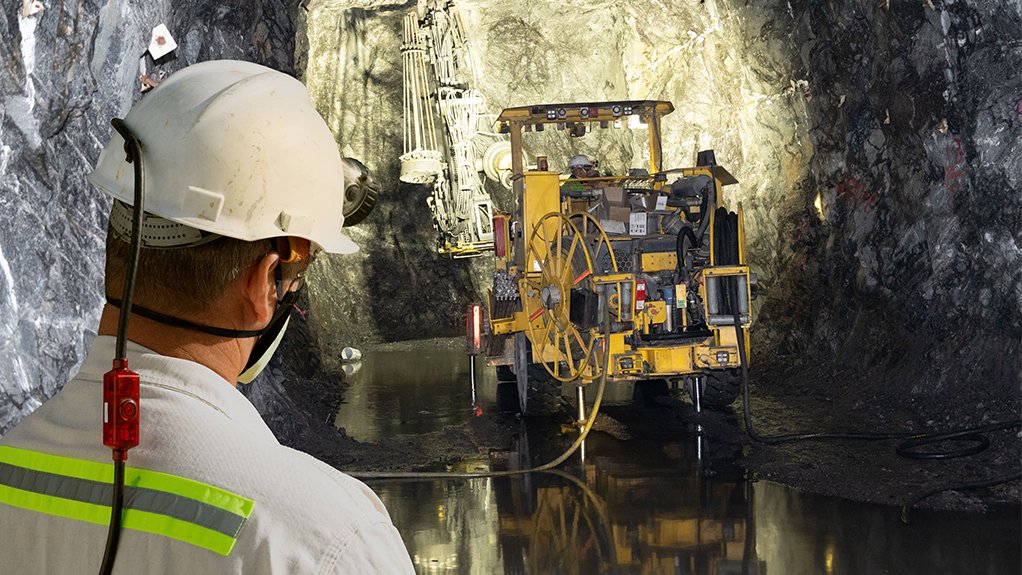While South Africa is recognised as a world leader in regulating the field of collision prevention, the human factor has been identified as vital to the effectiveness of implementing solutions, says Booyco Electronics CEO Anton Lourens.
Speaking at a recent panel discussion moderated by the Minerals Council South Africa focused on how mines should be keeping up with the new legislation on proximity detection systems (PDS), Lourens emphasised that mines were increasingly embracing technology in applications where mobile equipment posed “significant risk” to health and safety.
Lourens explained that the available technology was just one aspect of the solution. “There have been great successes in the implementation of collision prevention strategies, but at the same time the overall industry picture is uneven,” he explained. “Even on one mine site, we have witnessed variable success rates between one shaft and another.”
He emphasised that everybody on the mine had a part to play and that a successful PDS strategy should facilitate a good understanding of the respective roles – including planning, engineering responsibility, technology implementation and maintenance.
Lourens pointed out that South African mines may be quite unique in the way they engage multiple original-equipment manufacturers (OEMs) and technology partners on each site. This creates some complexity when applying PDS technology, as each PDS supplier has to work closely with a number of mobile equipment OEMs to achieve the customers’ requirements.
He highlighted, however, that the building blocks for successful compliance were already in place. These include International Organisation for Standardisation, or ISO, standards adopted by OEMs, as well as best practice guidelines on PDS developed by Minerals Council South Africa.
“The technology is available to address significant risk, and the tools are there to apply these solutions,” said Lourens.
He noted that modern PDS also generated extensive data on machine and pedestrian movements on mines. This was contributing to ‘digital twin’ simulations for mining operations, which could be harnessed to inform ongoing safety improvements in traffic management.
EMAIL THIS ARTICLE SAVE THIS ARTICLE
To subscribe email subscriptions@creamermedia.co.za or click here
To advertise email advertising@creamermedia.co.za or click here













